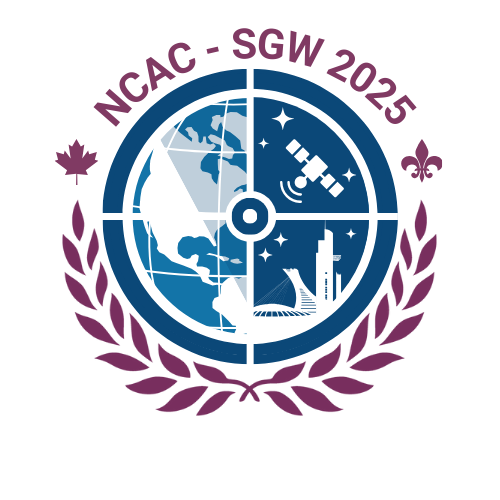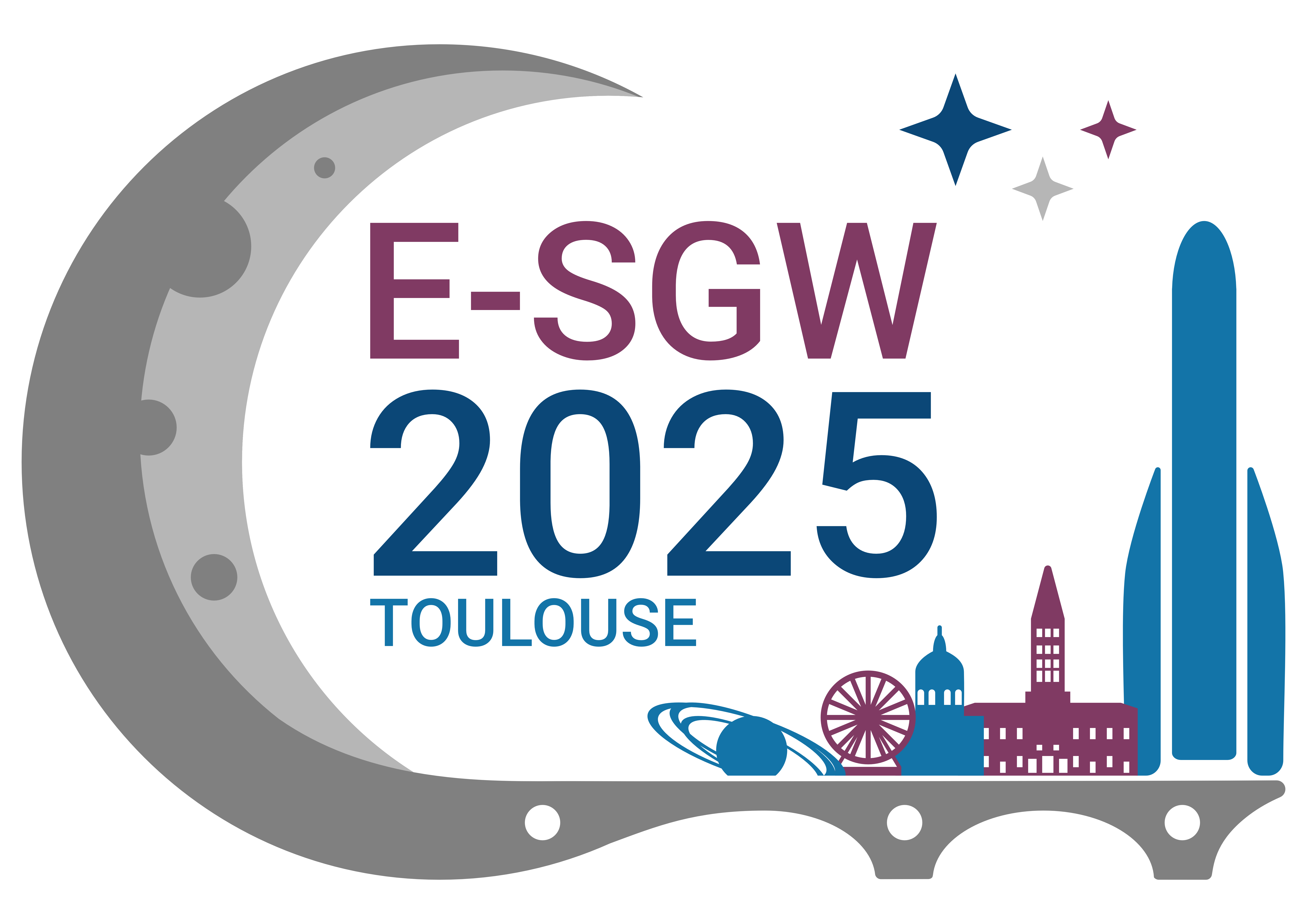Space Technology for Earth’s Water (STEW)
Overview
Water is found in it’s liquid (seas, oceans, lakes, rivers, underground), gas (atmosphere), and solid (ice, snow) states on our planet. Monitoring of these elements provides important insights into the way our planet works, and allows for management of specific, related resources. Managing the health of liquid water bodies, especially freshwater for consumption, can be supplemented with satellite-based sensors. Further, changes in natural patterns such as ocean currents due to natural climate oscillations, or climate change, can be tracked and monitored. The gas-component of the Earth’s water cycle consists of water vapor, which is more abundant over oceans than it is over land. Finally, the solid state of water – ice and snow – form the cryosphere. If all the ice covering Antarctica, Greenland, and inland glaciers were to melt, the sea level would rise over 50 meters. Of course, this is a catastrophic example, but it gives the notion of how important monitoring of the Earth’s cryosphere is. Due to the inhospitable environments in which most of the planet’s ice is found, space technology provides an optimal method by which to track changes.




